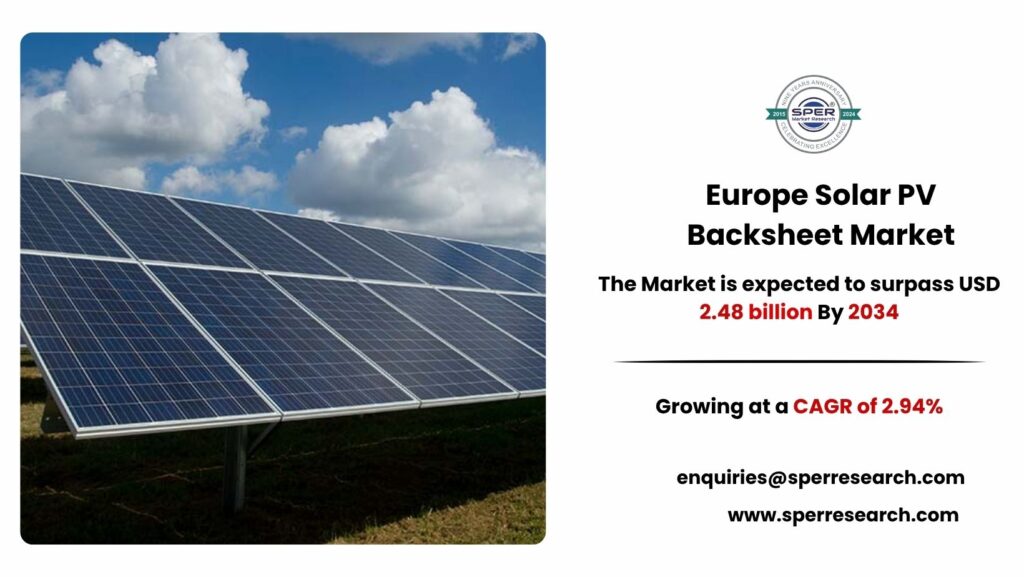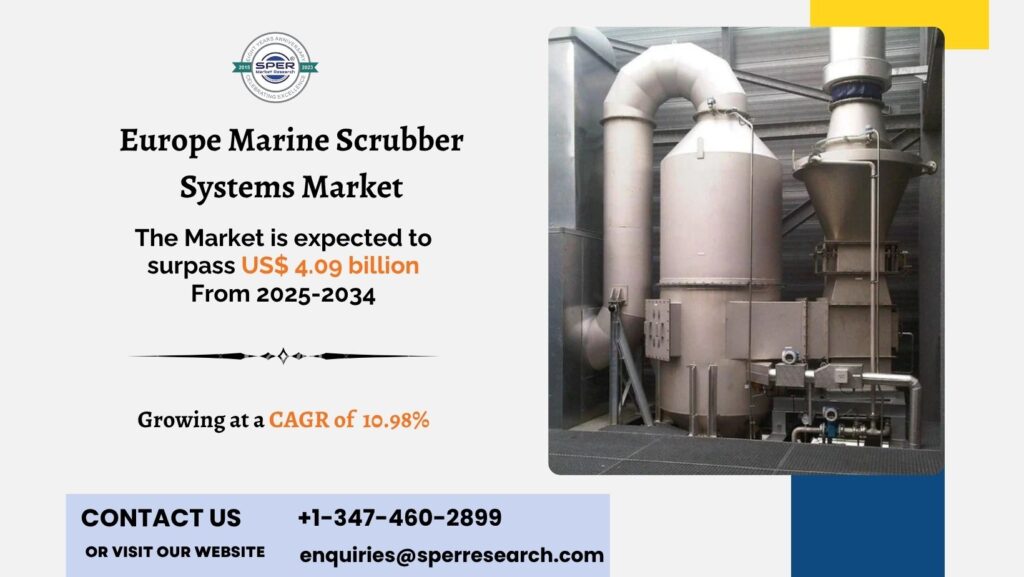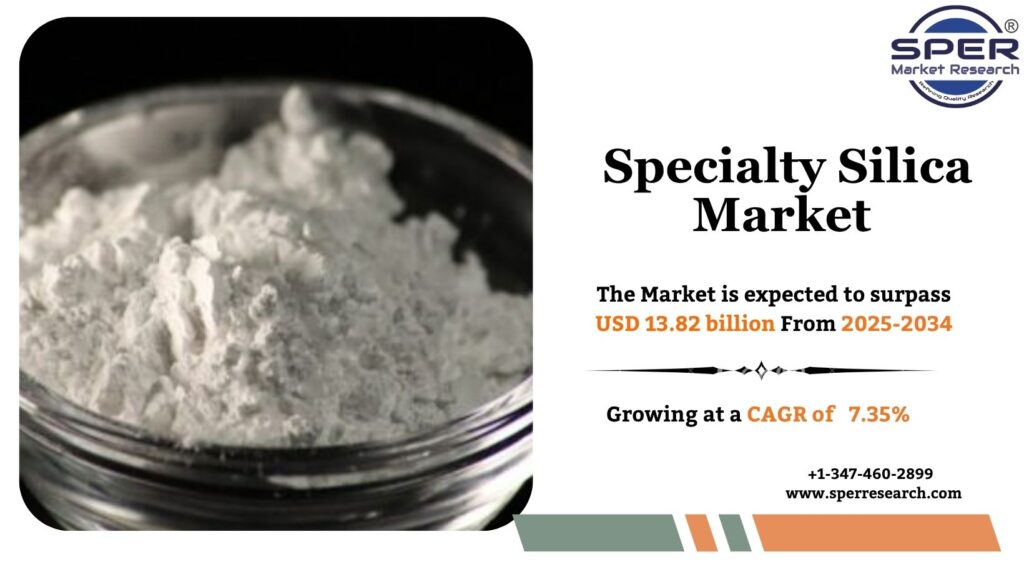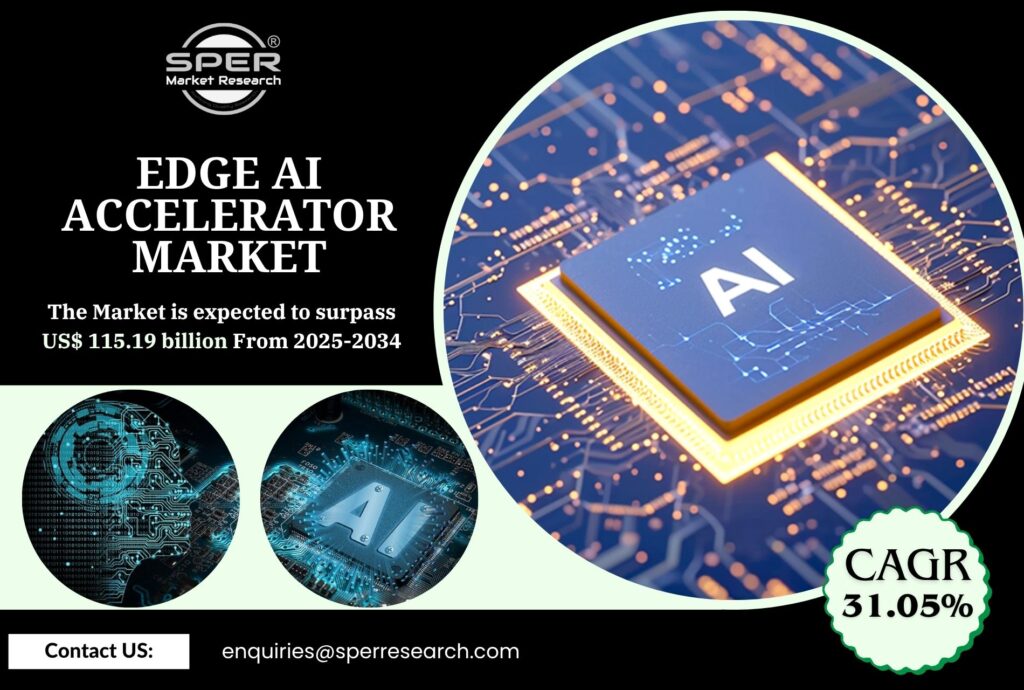Targeting pods represent sophisticated targeting systems primarily utilized in defense and military sectors. These pods function as electro-optical or infrared devices mounted on aircraft, enhancing capabilities for precision targeting, surveillance, and reconnaissance. They facilitate accurate identification and engagement of targets, particularly in low-visibility settings, which is essential for contemporary warfare and defense operations. The demand for accuracy in military activities is propelling the adoption of targeting pods, as they integrate effectively with precision-guided munitions.
According to SPER market research, ‘Global Targeting Pods Market Size- By Type, By Component, By Fit, By Platform – Regional Outlook, Competitive Strategies and Segment Forecast to 2034’ state that the Global Targeting Pods Market is predicted to reach 12.38 billion by 2034 with a CAGR of 8.43%.
Drivers:
The global market for targeting pods is currently witnessing substantial growth, driven by an escalating need for precision in military operations alongside advancements in targeting technology. These pods, outfitted with electro-optical sensors and laser designators, are vital for enhancing situational awareness, ensuring mission precision, and minimizing collateral damage during combat operations. They have evolved into crucial components of modern military aircraft, assisting in real-time surveillance, reconnaissance, and precision strike capabilities. Furthermore, the incorporation of advanced software and hardware solutions into targeting pods has significantly improved their reliability and effectiveness, rendering them essential for modern defense systems.
Download the Detailed Analysis in PDF format, Here
Restraints:
The substantial costs associated with the development and acquisition of advanced targeting pods pose a significant challenge for numerous countries. The implementation of state-of-the-art technologies, including multi-spectral sensors, augmented reality, and AI-driven systems, necessitates considerable investments in research and development. Often, these expenses are reflected in the procurement costs, thereby limiting access to targeting pods for nations with restricted defense budgets. Striking a balance between affordability and advanced functionality remains a critical challenge for both manufacturers and purchasers. Additionally, lengthy development cycles can exacerbate costs, especially when integrating new features or addressing technical challenges.
The North America targeting pods market led the global market, capturing the largest share of revenue in 2024. This dominance can be attributed to substantial defense budgets and ongoing modernization efforts. The region’s emphasis on incorporating advanced technologies, including AI and machine learning, into targeting systems enhances operational efficiency. Additionally, the increasing demand for precision-guided munitions and the utilization of unmanned aerial vehicles (UAVs) for reconnaissance and strike missions further contribute to market growth. Some of the key market players are Lockheed Martin, Raytheon Technologies, Northrop Grumman, BAE Systems, Thales Group, Leonardo DRS, L3Harris Technologies, General Dynamics, SAAB Group, Elbit Systems and others.
For More Information, refer to below link: –
Related Reports:
Hydrogen Aircraft Market Growth
Follow Us –
LinkedIn | Instagram | Facebook | Twitter
Contact Us:
Sara Lopes, Business Consultant — USA
SPER Market Research
enquiries@sperresearch.com
+1–347–460–2899








